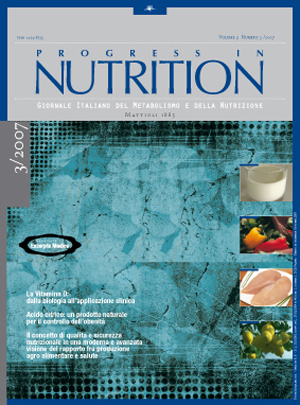Effects of feed particle size on caecal activity and growth performances in fattening rabbits
Main Article Content
Keywords
Rabbit, feed particle size, growth performances, caecal content, volatile fatty acids
Abstract
Aim of this work was to investigate the effects of particle size of feeds for fattening rabbits on growth performances, slaughtering data and, particularly, on their caecal fibrolytic activity and caecal content characteristics. 72 hybrid commercial rabbits 40 days old, divided in two experimental groups, were fed to slaughter (88 days) two pelletted diets (F – fine; C – coarse) of similar composition differing only in the grinding level of dehydrated lucerne meal and wheat bran. 42.3% of diet F was composed by particles with Æ<0.315 mm, while these particles were only 31.7% of diet C (P<0.001). The smallest particle class (Æ<0.315 mm) showed 58.6% of NDF and 33.0% of ADF in diet F, while NDF was 53.0% and ADF 26.2% in C diet (P<0.001). Mortality rate, growth performances, feed consumption, and feed/gain ratio never differed between the two diets. No effect could be registered concerning carcass weight, dressing out percentage, full gastrointestinal weight and caecum weight. As for the caecal chemical composition, volatile fatty acids concentration and their proportion, no significant differences were registered between F and C diets, and pH averaged very similar values in both groups (6.24 vs 6.30 for F and C respectively). Also enzymatic activity into the caecum, as fibrolytic and amylolitic response, was the same. So, a minute milling of different raw materials, does not appear a reliable way to significantly modify gut conditions and subsequent rabbit performances.


